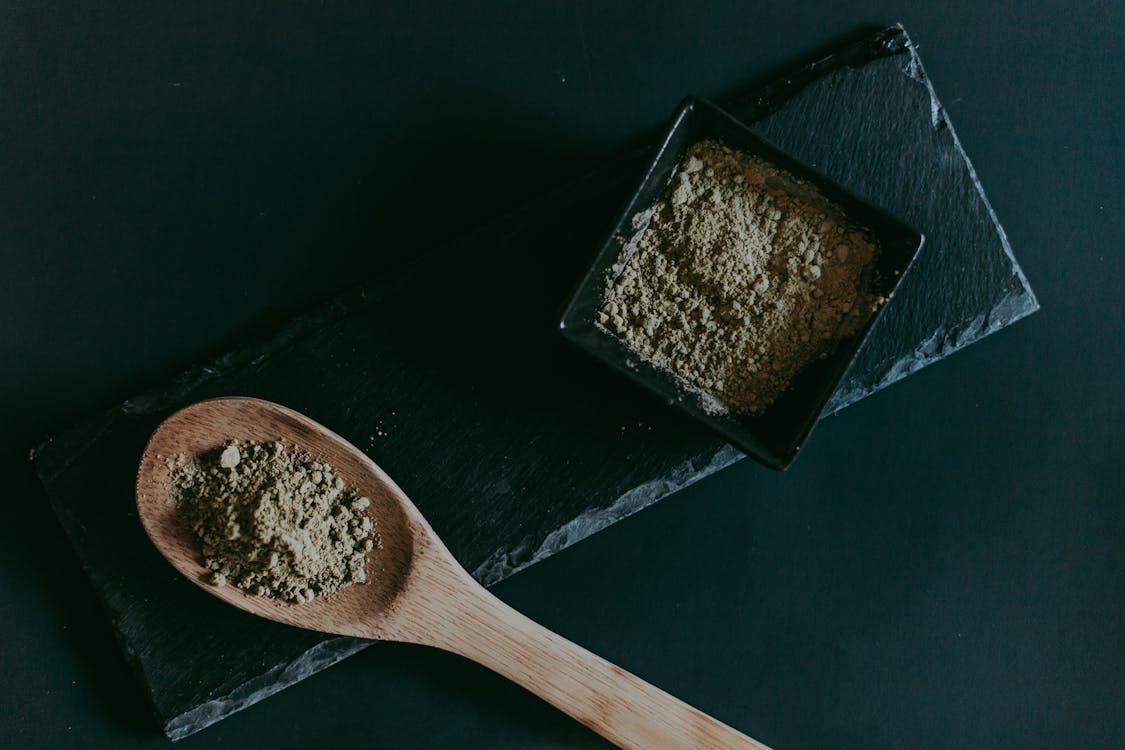
Kratom Drinks in 2024: Kratom Tea and Other Great Options
These beverages offer a convenient and often more palatable method of intake, appealing to both new and seasoned users. This article delves into the benefits of kratom drinks and the different options available.




